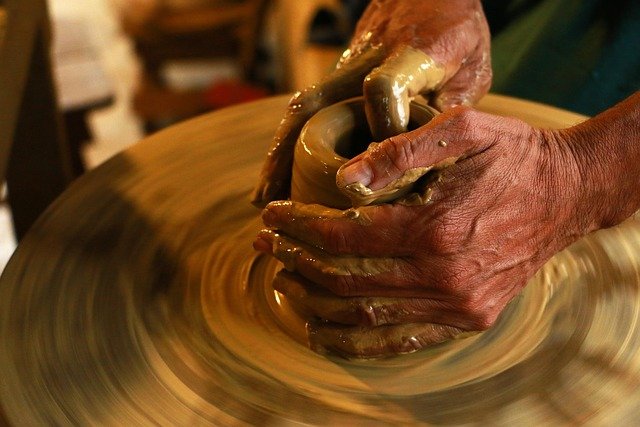Subversive Crafting: The Quiet Revolution in American Leisure
The gentle click of knitting needles and the soft whir of sewing machines are becoming the unlikely soundtrack to a growing social movement. Across America, a new wave of crafters is redefining leisure time, turning traditionally domestic skills into powerful tools for personal expression, community building, and even political activism. This isn't your grandmother's needlework – it's a subversive reimagining of craft as a medium for social change.

This resurgence isn’t merely about creating physical objects. It’s a response to the increasing digitization of our lives, a desire for tangible experiences, and a way to reconnect with slower, more mindful practices. Crafting offers a tactile antidote to the constant barrage of screens and notifications that characterize modern life.
Crafting as Social Commentary
Perhaps the most intriguing aspect of this craft revival is its evolution into a form of social and political expression. Craftivism, a term coined in the early 2000s, has gained significant traction in recent years. This movement uses traditional craft techniques to address social and political issues, turning seemingly innocuous handmade items into powerful statements.
Knitted protest banners, embroidered messages of resistance, and quilts depicting social injustices have become common sights at rallies and demonstrations. These soft, approachable mediums provide a stark contrast to the often harsh rhetoric of political discourse, inviting dialogue and reflection in unexpected ways.
Building Communities Through Craft
The social aspect of crafting extends beyond activism. Craft circles, once associated primarily with older generations, are experiencing a renaissance among younger demographics. These gatherings serve as spaces for skill-sharing, storytelling, and community building.
In an age where social interactions are increasingly mediated through screens, craft groups offer a refreshing return to face-to-face connection. They provide a supportive environment where individuals can exchange ideas, share experiences, and form meaningful relationships – all while creating something tangible.
The Economic Impact of DIY Culture
The rise of subversive crafting has had a notable impact on consumer behavior and local economies. As more people turn to handmade goods, either as creators or consumers, there’s been a shift away from mass-produced items towards unique, locally-made products.
This trend has fueled the growth of artisanal marketplaces, both online and offline. Platforms like Etsy have become multi-billion dollar enterprises, while local craft fairs and markets are experiencing a resurgence in popularity. This shift not only supports individual artisans but also contributes to more diverse and resilient local economies.
Crafting in the Digital Age
While the craft movement might seem at odds with technology, the reality is more nuanced. Social media platforms and online communities have played a crucial role in the spread and evolution of contemporary craft culture.
Crafters use these digital spaces to share techniques, showcase their work, and connect with like-minded individuals across geographical boundaries. This blend of traditional skills and modern technology has created a uniquely 21st-century approach to crafting, one that honors heritage while embracing innovation.
The Therapeutic Value of Making
Beyond its social and economic impacts, the craft revival is also being recognized for its mental health benefits. In a fast-paced world where stress and anxiety are prevalent, the meditative nature of many craft practices offers a form of mindfulness that’s both productive and calming.
Healthcare professionals are increasingly acknowledging the therapeutic value of crafting. Some hospitals and mental health facilities now offer craft workshops as part of their treatment programs, recognizing the potential for these activities to reduce stress, improve cognitive function, and boost overall well-being.
Challenges and Criticisms
Despite its growing popularity, the subversive craft movement is not without its critics. Some argue that the commodification of crafting through online marketplaces and social media dilutes its authenticity and political potency. Others point out that the movement, despite its inclusive rhetoric, often remains largely accessible to those with the time and resources to engage in leisure activities.
These criticisms highlight the ongoing challenges faced by the movement as it continues to evolve and define its place in contemporary society.
Looking Ahead: The Future of Craft Culture
As we look to the future, it’s clear that the subversive craft movement is more than just a passing trend. It represents a fundamental shift in how many Americans view leisure time, consumerism, and social engagement.
The movement’s ability to adapt and thrive in the digital age suggests its continued relevance. As society grapples with issues of sustainability, mental health, and social justice, the craft revival offers a unique intersection of personal expression, community building, and activism.
In reimagining traditional crafts for the modern era, this quiet revolution is weaving together the threads of America’s past and future, creating a rich tapestry of cultural change. Whether through a knitted protest banner or a community quilting project, these crafters are making their mark on society – one stitch at a time.





